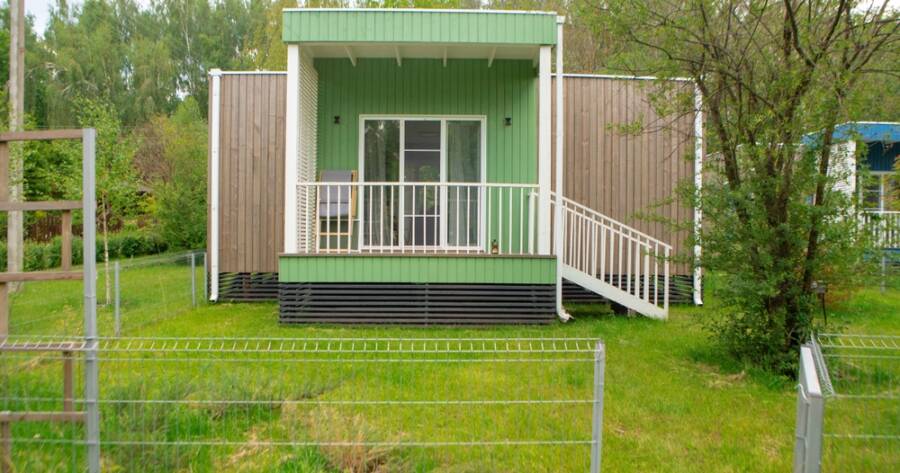Accessory Dwelling Units (ADUs) represent an innovative solution to urban housing challenges, offering flexible living spaces on single-family lots. As cities adapt zoning regulations, ADUs provide economic, environmental, and social benefits, from generating rental income to promoting sustainable development. Understanding ADU development is key to addressing housing shortages and creating dynamic, affordable communities.
Understanding ADU Development
An Accessory Dwelling Unit (ADU) represents a modern approach to optimizing residential spaces in urban settings. These secondary housing units are typically found on single-family lots, providing flexible housing solutions through various structures such as detached units, garage conversions, and basement apartments across the U.S. Their rising popularity can be attributed to changing household demographics, with smaller households leading cities to adapt zoning regulations to accommodate such constructions.
ADUs not only serve as additional living spaces but also offer the opportunity to generate rental income, thus becoming an attractive option for homeowners seeking extra income streams. These units cannot be sold separately, yet they add substantial value to properties, making them appealing to buyers looking for additional space.
The Benefits of ADUs
ADUs present several advantages across economic, environmental, and social facets. Economically, they provide affordable housing options that are flexible, which is crucial in areas facing housing shortages. Environmentally, ADUs boast a smaller footprint compared to larger single-family homes, aligning with sustainable living practices. Socially, they maintain the aesthetic character of neighborhoods while increasing housing availability.
Despite potential community concerns, studies show that ADUs do not significantly affect property values or parking in neighborhoods. Instead, they enhance the affordable housing supply and stimulate economic growth through construction and property taxes. For families, ADUs offer the chance to keep loved ones close while maintaining independent living arrangements.
Challenges in ADU Development
One common challenge faced in ADU development is navigating complex zoning regulations, which often vary significantly by location. Developers must consider stipulations regarding design standards, owner occupancy, and off-street parking. These regulations are evolving, as many cities attempt to create more ADU-friendly legislation to facilitate construction.
Another hurdle is the limited awareness regarding the benefits and possibilities ADUs offer. Despite this, legislative changes are slowly turning the tide, encouraging widespread adoption and construction. Financial hurdles, including property taxes, permits, and material costs, also play a critical role in development decisions.
The Construction Process of ADUs
The journey to developing an ADU involves several stages, including pre-construction, construction management, and post-construction. Pre-construction emphasizes obtaining necessary permits and approvals, developing a design, and choosing professionals like architects and contractors. This step is crucial because requirements can vary significantly by jurisdiction.
During construction management, responsibilities typically include ensuring everything proceeds as planned, managing invoices, and getting required inspections. Post-construction involves finalizing all project aspects, such as obtaining final inspections and addressing financial obligations. It’s crucial to ensure compliance with local regulations at this stage.
Financial Considerations
The financial implications of constructing an ADU are multifaceted. Costs are influenced by design, materials, and whether the unit is attached or detached. Beyond construction, additional expenses such as landscaping, utility connections, and labor must be considered. Although ADUs can potentially increase property value, maintenance and market conditions will ultimately determine financial viability.
To assist with financing, options such as renovation loans and refinancing mortgages are available. It’s advisable for homeowners to consult with housing authorities and experienced contractors to explore the best financial pathways and ensure compliance with local regulations.
Why You Should Learn More About ADU Development Today
ADUs present a promising avenue for homeowners and cities alike in addressing housing needs. Their versatility and the economic benefits they offer make them a viable solution in the face of rapid urbanization and housing shortages.
As regulatory landscapes continue transforming, understanding the intricacies of ADU development becomes ever more valuable. Embracing these flexible living spaces can help create sustainable, affordable, and harmonious communities, hence the importance of staying informed about ADU opportunities.

